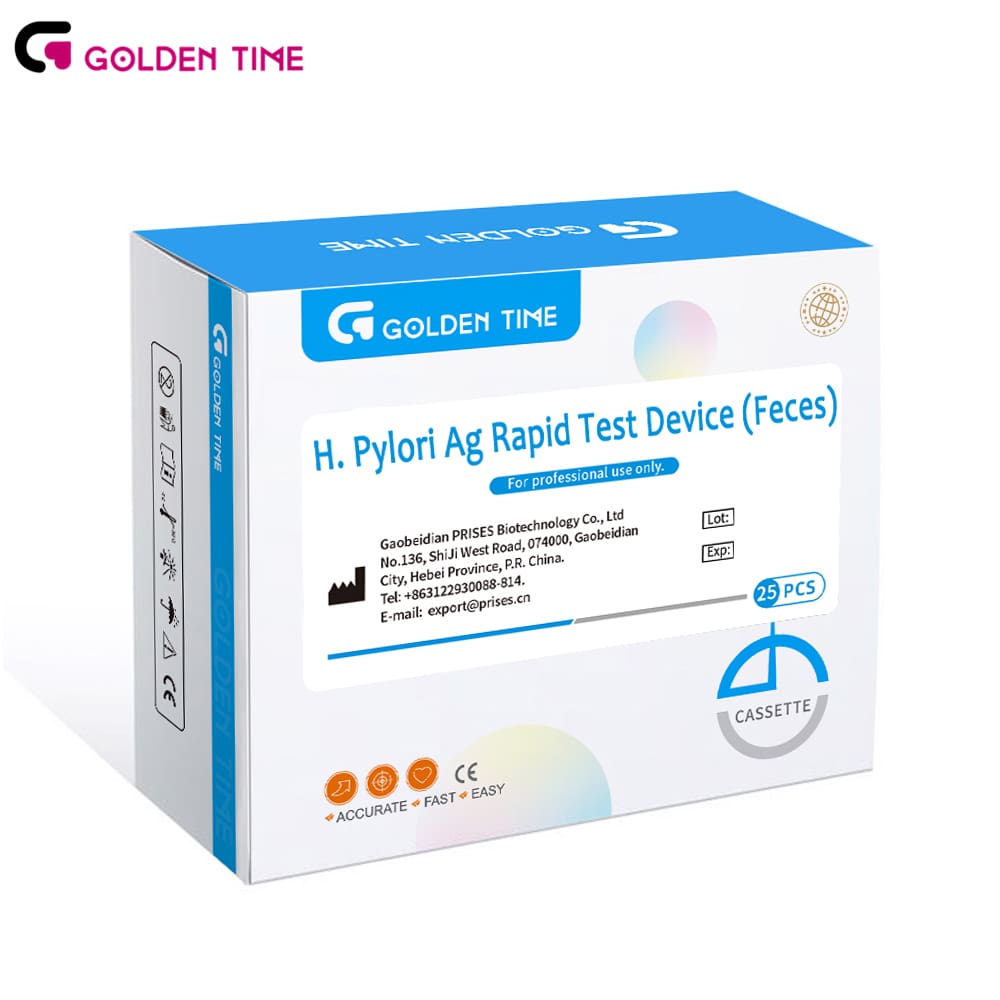ធ្នូ . 11, 2024 21:51 Back to list
Sponge Swab Techniques for Effective Specimen Collection in Clinical Settings
The Significance of Sponge Swab Specimen Collection in Clinical Diagnostics
In clinical diagnostics, the accuracy of test results is fundamentally dependent on the quality of specimen collection. Among the various methods employed for sampling, the sponge swab technique has emerged as a pivotal approach, particularly in the fields of microbiology and pathology. This article delves into the significance, methodology, and advantages of utilizing sponge swabs for specimen collection.
Understanding Sponge Swabs
Sponge swabs are soft, porous materials that are designed to absorb fluids and capture cellular material from biological specimens. Unlike traditional cotton swabs, sponge swabs offer superior fluid absorption and a larger surface area, making them particularly effective for collecting specimens from different anatomical sites. They are commonly used in various applications, including but not limited to, wound cultures, throat swabs, and environmental sampling.
The Importance of Sponge Swab Collection
1. Enhanced Sample Recovery One of the primary advantages of using sponge swabs is their ability to recover a higher volume of specimens. This is crucial for accurate microbial identification, as the presence of sufficient bacteria or cellular material can significantly influence the reliability of diagnostic tests.
2. Versatility Sponge swabs can be used for a variety of specimen types, including liquid, solid, and semi-solid samples. This versatility makes them an invaluable tool in different clinical and research settings, ranging from hospitals to laboratories and field studies.
3. Improved Patient Comfort Collecting specimens can sometimes be uncomfortable for patients. The soft texture of sponge swabs minimizes discomfort during the collection process, leading to a more favorable experience for patients. This can be particularly important in pediatric or sensitive populations.
Methodology of Sponge Swab Specimen Collection
The process of specimen collection using sponge swabs is straightforward yet requires adherence to strict protocols to ensure the integrity of the sample. The following steps outline the general methodology
specimen collection sponge swab

2. Site Selection The choice of collection site depends on the purpose of the diagnostic test. Common sites include the oropharynx, skin lesions, or wound areas.
3. Cleaning the Area To prevent contamination, the collection site is often cleaned with appropriate antiseptic solutions, especially if the specimen is being taken from a wound.
4. Specimen Collection The sponge swab is gently inserted into the collection area, ensuring that it makes adequate contact with the surface to absorb cellular material or fluids. Care must be taken to avoid excessive force that could cause trauma to the tissue.
5. Storage and Transport Once the specimen has been collected, the sponge swab must be placed in sterile conditions for transport to the laboratory. Proper labeling and documentation are critical to maintain sample integrity and ensure correct processing.
Advantages Over Traditional Methods
Compared to traditional swab types, sponge swabs present several key advantages
- Increased Sample Volume As mentioned, sponge swabs can capture more fluids and cells, improving diagnostic yield. - Reduced Contamination Risk The design of sponge swabs minimizes the likelihood of contamination during the collection process, making it easier to obtain accurate results. - Compatibility with Various Tests Sponge swabs can be used effectively in different types of assays, including cultures, PCR, and antimicrobial susceptibility testing.
Conclusion
Sponge swabs represent a significant advancement in the field of specimen collection, enhancing diagnostic capabilities across various medical disciplines. Their effectiveness, ease of use, and patient comfort make them a preferred choice among healthcare providers. As the medical field continues to evolve, the sponge swab will undoubtedly remain an integral tool in facilitating accurate and reliable diagnostic outcomes. Its role in improving patient care, coupled with advancements in technology and methodology, positions sponge swabs as a cornerstone of contemporary clinical practice.
-
Highly Accurate hCG Pregnancy Test Strips - 5 Min Results
NewsAug.02,2025
-
Premium Empty ABS Plastic Cassettes: Durable & Lightweight Storage
NewsAug.01,2025
-
Accurate Cocaine (Coc) Rapid Test Kit | Fast & Reliable Detection
NewsJul.31,2025
-
Accurate HCG Pregnancy Test Strips | Fast Home Use Kit
NewsJul.31,2025
-
Reliable Early Pregnancy Test Kit Supplier - Multi Plastic Cassette Options
NewsJul.30,2025
-
Transferrin Rapid Test Cassette – Reliable Tumor Marker Detection
NewsJul.29,2025

